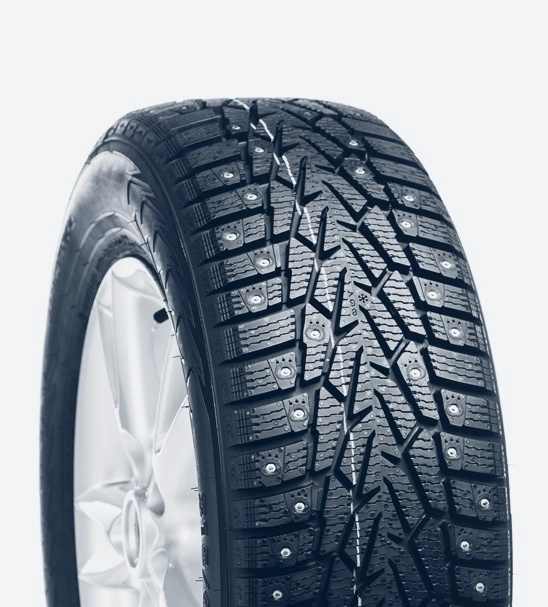Understanding Linear Shaft Seals and Their Applications in Mechanical Systems
Understanding Linear Shaft Seals Importance, Functionality, and Applications
Linear shaft seals are vital components in various mechanical systems, prominently used to prevent the leakage of fluids and contaminants while allowing rotational or linear movement. These seals are essential in many industries, including automotive, aerospace, and manufacturing, where they help maintain efficiency and prolong equipment life.
What are Linear Shaft Seals?
Linear shaft seals are designed to fit snugly around moving shafts, creating a barrier between the shaft and the environment. They are typically made from elastomeric materials, such as rubber or silicone, which provide flexibility and durability. These seals are engineered to handle a variety of conditions, including extreme temperatures, pressure changes, and exposure to harsh chemicals.
Functionality of Linear Shaft Seals
The primary function of linear shaft seals is to minimize leakage. In an environment where fluids are used—be it hydraulic oil in machinery or lubricants in vehicles—it's crucial to prevent these substances from escaping. A leak can lead to not only a loss of valuable resources but also potential damage to the surrounding environment and machinery.
Moreover, these seals protect the internal components from external pollutants such as dust, dirt, and water. By acting as a barrier, they ensure that the internal system operates optimally without contamination, which can cause wear and tear or even failure over time.
Types of Linear Shaft Seals
There are several types of linear shaft seals, each designed for specific applications and environments
linear shaft seal

1. Lip Seals These seals have a flexible lip that maintains contact with the shaft. They are widely used due to their effectiveness in retaining lubrication and preventing leakage.
2. O-Ring Seals O-rings are circular seals that can be used in various applications. They are designed to fit into a groove and provide a tight seal under compression, suitable for static or dynamic applications.
3. Rod Seals Specifically designed for hydraulic cylinders, rod seals prevent fluid leakage while allowing the rod to move in and out.
4. Wiper Seals These seals are designed to remove debris from the shaft, protecting the internal components from contaminants.
Applications
Linear shaft seals are extensively used in various applications. In the automotive sector, they are found in engines, transmissions, and hydraulic systems, ensuring they run smoothly without leaks. In the manufacturing industry, they are used in conveyors, pneumatic systems, and machinery, where precision and reliability are paramount.
In the aerospace industry, linear shaft seals play a crucial role in hydraulic systems and landing gear mechanisms, where safety and reliability are non-negotiable. Furthermore, they are employed in home appliances, such as washing machines and vacuum cleaners, to ensure proper sealing from water and dust.
Conclusion
In summary, linear shaft seals are essential components in many mechanical systems, providing critical functions that ensure efficiency, safety, and longevity. Their ability to prevent leaks and protect against contaminants makes them indispensable in a variety of industries. As technology evolves, the designs and materials used for linear shaft seals continue to improve, offering better performance and greater durability. Understanding the significance and application of these seals helps promote better design practices in engineering, contributing to the overall advancement of machinery and equipment in our daily lives.
-
The Ultimate Guide to Boat Propeller Bearings and Trailer Wheel Bearings
News Jul.31,2025
-
The Essential Guide to Marine Bearings and Boat Trailer Wheel Bearings
News Jul.31,2025
-
The Complete Guide to Heavy Duty Seals: Protecting Doors and Spaces Efficiently
News Jul.31,2025
-
Essential Guide to Marine Shaft Bearings and Boat Trailer Axle Bearings
News Jul.31,2025
-
Comprehensive Guide to Marine and Trailer Bearings for Safe Boating and Transport
News Jul.31,2025
-
Comprehensive Guide to Automotive Oil Seals: Protecting Your Engine and Shafts
News Jul.31,2025
-
Understanding Automotive Oil Seals: Essential Components for Engine and Shaft Protection
News Jul.30,2025
Products categories















